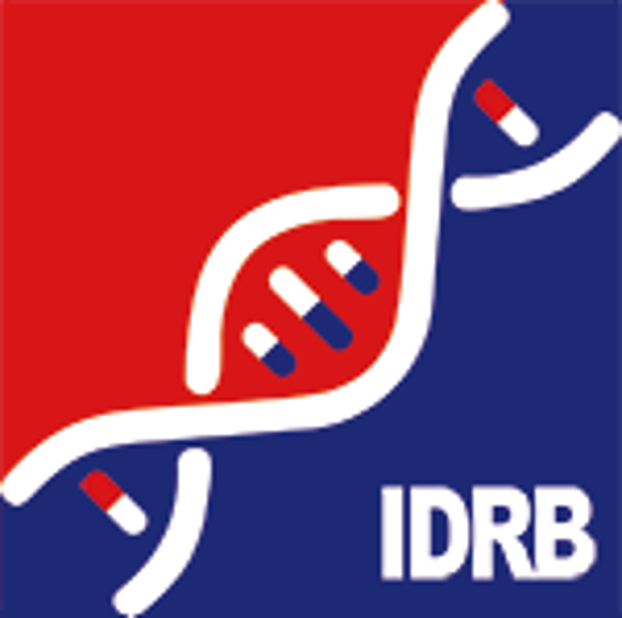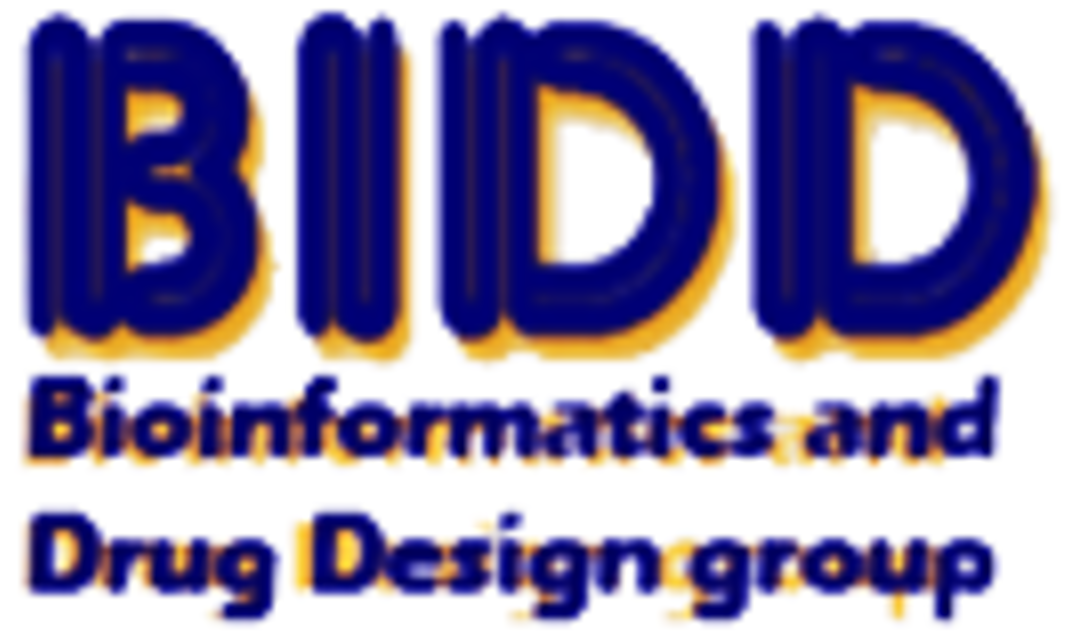| References |
Top |
| REF 1 |
Architecture of the human interactome defines protein communities and disease networks. Nature. 2017 May 25;545(7655):505-509.
|
| REF 2 |
Survival activity of Bcl-2 homologs Bcl-w and A1 only partially correlates with their ability to bind pro-apoptotic family members. Cell Death Differ. 1999 Jun;6(6):525-32.
|
| REF 3 |
The anti-apoptotic molecules Bcl-xL and Bcl-w target protein phosphatase 1alpha to Bad. Eur J Immunol. 2002 Jul;32(7):1847-55.
|
| REF 4 |
Differential targeting of prosurvival Bcl-2 proteins by their BH3-only ligands allows complementary apoptotic function. Mol Cell. 2005 Feb 4;17(3):393-403.
|
| REF 5 |
Mitochondria primed by death signals determine cellular addiction to antiapoptotic BCL-2 family members. Cancer Cell. 2006 May;9(5):351-65.
|
| REF 6 |
Underphosphorylated BAD interacts with diverse antiapoptotic Bcl-2 family proteins to regulate apoptosis. Apoptosis. 2001 Oct;6(5):319-30.
|
| REF 7 |
BOD (Bcl-2-related ovarian death gene) is an ovarian BH3 domain-containing proapoptotic Bcl-2 protein capable of dimerization with diverse antiapoptotic Bcl-2 members. Mol Endocrinol. 1998 Sep;12(9):1432-40.
|
| REF 8 |
Nuclear and cytoplasmic p53 suppress cell invasion by inhibiting respiratory complex-I activity via Bcl-2 family proteins. Oncotarget. 2014 Sep 30;5(18):8452-65.
|
| REF 9 |
Structural basis for the conserved binding mechanism of MDM2-inhibiting peptides and anti-apoptotic Bcl-2 family proteins. Biochem Biophys Res Commun. 2014 Feb 28;445(1):120-5.
|
| REF 10 |
A proteome-scale map of the human interactome network. Cell. 2014 Nov 20;159(5):1212-1226.
|
| REF 11 |
Pooled-matrix protein interaction screens using Barcode Fusion Genetics. Mol Syst Biol. 2016 Apr 22;12(4):863.
|
| REF 12 |
rec-YnH enables simultaneous many-by-many detection of direct protein-protein and protein-RNA interactions. Nat Commun. 2018 Sep 14;9(1):3747.
|

